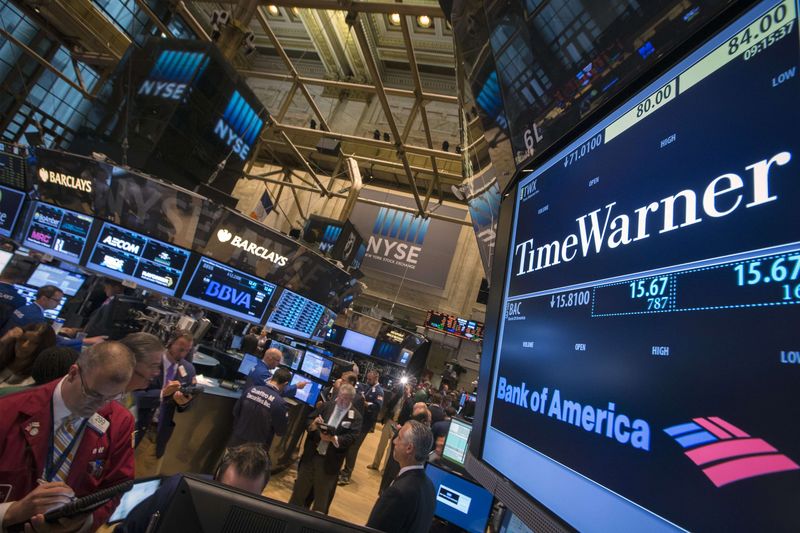 © Reuters. Buying the Dip Works Nicely, a 30-Year History of Routs Shows
© Reuters. Buying the Dip Works Nicely, a 30-Year History of Routs Shows(Bloomberg) — As the dust settles for now after the turmoil of the last few days, a chorus of buy-the-dip calls from fund managers and strategists is still ringing in equity investors’ ears. History suggests they have a point.
An analysis by Schroders (LON:) Plc of the 10 biggest one-day stock declines in the past 30 years showed the U.S. stock market returned about 25 percent on average in the following 12 months. For the following five-year period, average annual total returns were about 14 percent, according to the calculations.
“The data underlines the strength of equities over the long-term,” wrote Andrew Oxlade, head of editorial content at Schroders, in a web post. “But the scattering of dates, notably the lack of sharp stock-market falls since 2011, also reflects the relative calm investors have enjoyed in recent years, and particularly in the past 18 months.”
Six of the worst 10 days in the period covered came in the final four months of 2008, during the height of the financial crisis. The other four included drops around the time of the Asian financial crisis in 1997 and the Russian debt default in 1998.
Despite how dramatic this week’s volatility might seem, Monday’s 4.1 percent decline in the was only the 33rd largest drop since 1988, according to Schroders.
Fusion Media or anyone involved with Fusion Media will not accept any liability for loss or damage as a result of reliance on the information including data, quotes, charts and buy/sell signals contained within this website. Please be fully informed regarding the risks and costs associated with trading the financial markets, it is one of the riskiest investment forms possible.
Source: Investing.com




























